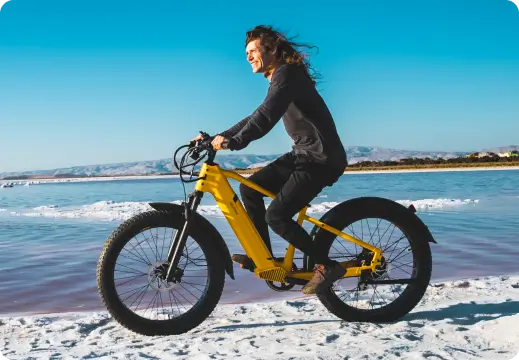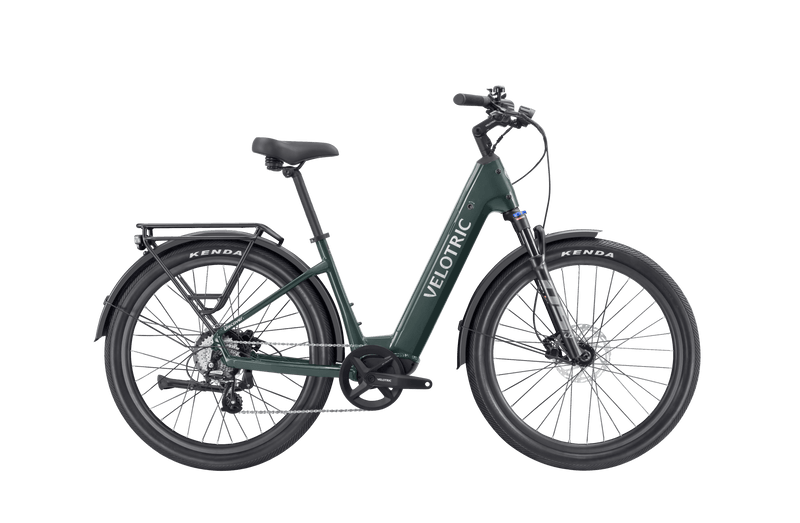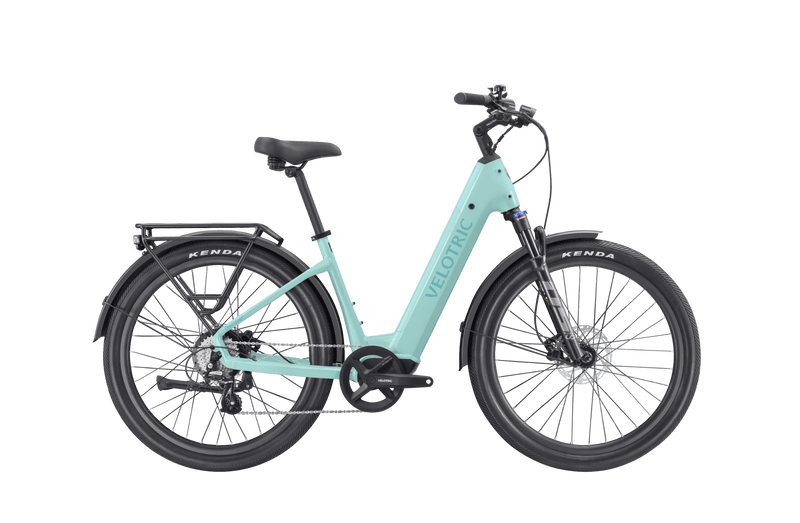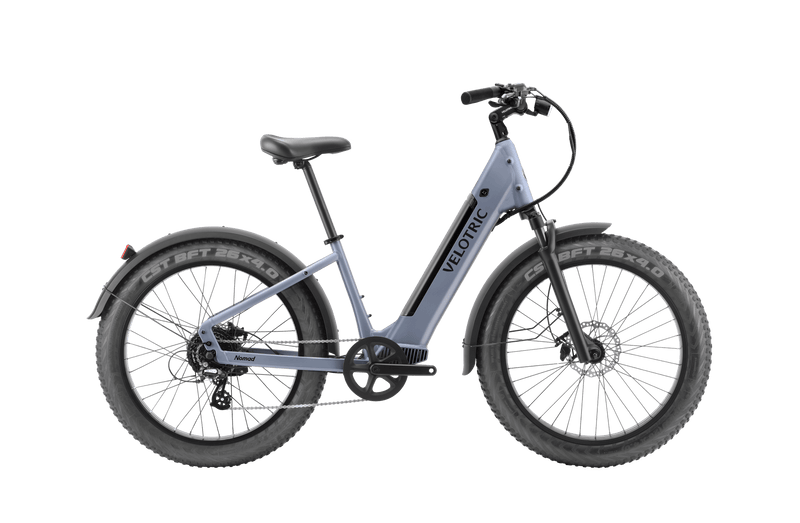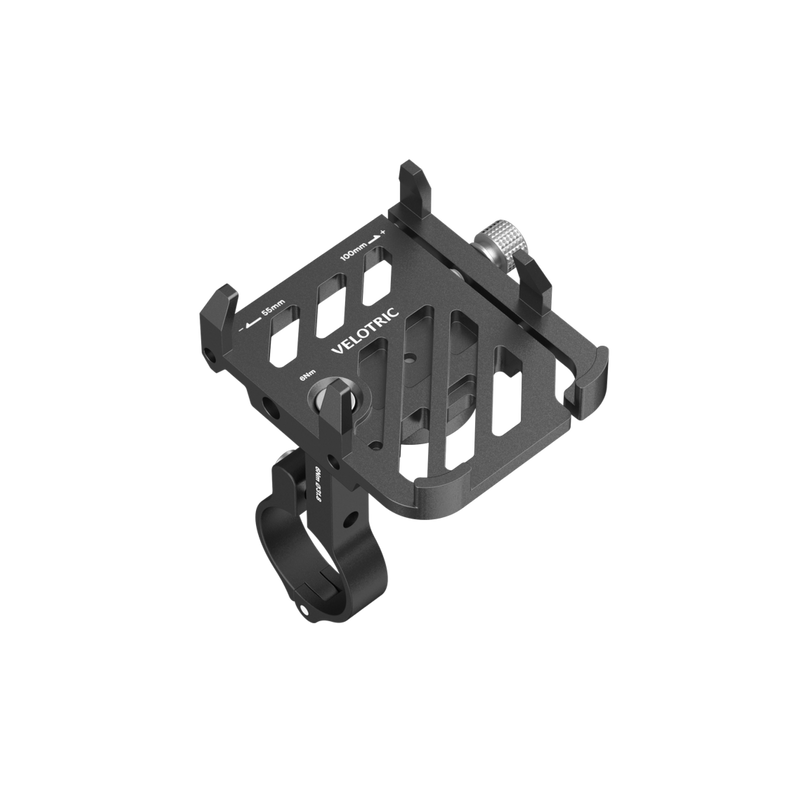The Thin Line Between AI and Social Media Fitness Inspiration
Key takeaways
- More than one-quarter of AI-generated “general fitness” images feature unrealistic body types for both male and female genders.
- Nearly 20% of AI-generated female “general fitness” images portray unrealistic body types.
- Over 30% of AI-generated male “general fitness” images depict unrealistic body types.
The quest for the perfect body
From corsets and codpieces to fillers and Photoshop, humans have spent centuries manipulating fashion, art, and science to conform their bodies to fit society’s idea of perfection. The advent of social media has upped the body shame game, constantly bombarding users with images of “perfect” bodies selling fad diets and fitness trends. But how real are the images on our screens?
We asked AI image tools Midjourney and Stable Diffusion to generate images of male and female bodies depicting “general fitness” across the globe. How many images were realistic, and what ideals did they portray? Let’s explore these AI-generated images and examine the fitness ideals we’re expected to live up to.
The ideal fitness female
The concept of the ideal female body is constantly changing, from round and healthy to flat and petite to hourglass curvy to anorexically thin to surgically enhanced and back again—and again. What is the ideal female shape now? We asked AI to generate images of “general fitness” for females across 24 countries. Let’s discover the newest female standard.
With hyper-chiseled facial features and defined six-pack abs, nearly 20% of the AI-generated “general fitness” images portrayed unrealistic female body types. Add images with 3-inch thigh gaps, impossibly skinny arms, or narrow, child-like hips, and that number dramatically increases. No matter the country, almost every image showed a waif-thin frame or a supremely muscular body—and all with flawless skin and hair.
And yet, some of these AI-generated fakes could pop into social media feeds without anyone noticing the difference between them and real-life posts. Using angles, filters, and software like FaceTune, many users touch up their photos before posting. In a few clicks and less than one minute, they can have clearer skin, whiter teeth, slimmer waistlines, bigger muscles, and thinner arms. Editing is so rampant among social media fitspo that some fitness instructors have begun calling out deceitful offenders. No wonder AI generated so many unrealistic “fitness” images.
But what’s the big deal with a little touch-up here and there; don’t people know images are edited? Over the past decade, researchers have conducted many studies examining how social media affects body image, and none of the results were positive. The constant barrage of carefully curated images of other people’s lives has a predominantly negative effect on mental health and body image.
This is especially true for children, teens, and young adults. Feeling pressured to look perfect, many kids rely on filters and editing software to make selfies “social media ready.” In real life, more teen girls are seeking plastic surgery in an attempt to look the way they do online. Happily, reducing or taking a break from social media can quickly and drastically improve body image in young people.
The model male
The pressure to have the perfect body isn’t unique to women—men are also held to high fitness standards. We again asked AI to generate images of “general fitness,” this time for males across 24 countries. Let’s see what’s expected of men.
Overall, more than one-quarter of our AI-generated “general fitness” images featured unrealistic male and female body types. AI once again generated images of hyper-chiseled faces and incredibly defined muscles, with over 30% of the male images portraying unrealistic body types. Almost every image featured a tall, slender man with a lean figure, tight six-pack (or eight-pack), and bulging veins. Most of them even had the same tight crew cut.
But again, you could easily post these images on social media, and no one would be the wiser. Social media is teeming with fitness accounts of men who appear tall, slender, and lean with six-packs and bulging veins (crew cut optional). Many of these men use their accounts to provide fitness tips and promote a particular diet, fitness regimen, or dietary supplement (which they are happy to sell you). In reality, their images are often edited, and the fitness information they give is misleading or downright false.
Many people assume men are more immune to the pressures of social media, but research has shown that social media negatively affects men and boys just as much as women and girls. The unrealistic body standards placed upon men and boys often lead to intense muscle-building regimens that can lead to overexercise, injury, and unhealthy eating. It can also lead to steroid use, which has become an alarmingly popular topic on social media.
Escaping the fitness inspiration trap
Male or female, society will most likely continue to push unrealistic body ideals. But you don’t have to buy into them. To combat the pressure of unrealistic images on social media, you can limit time spent online and focus on maintaining health, not fitness. Bodies come in all shapes and sizes, and physical health is about nutrition and properly working systems, not six-packs and thigh gaps. Your body isn’t a mere ornament for display but a vehicle through which you experience life and contribute to the world. Love it and use it well.
Methodology
All AI-generated images were created with Midjourney and Stable Diffusion. This content is for entertainment purposes only.
About Velotric Bike
Veloric offers cyclists stylish, comfortable, and reliable e-bikes. At the core of our mission is a passionate commitment to providing cyclists with a ride like no other.
Fair use statement
Did something in this article strike a chord with you? Feel free to share it for noncommercial purposes only; please provide a link to this page so readers can access the full range of images and methodology.









































